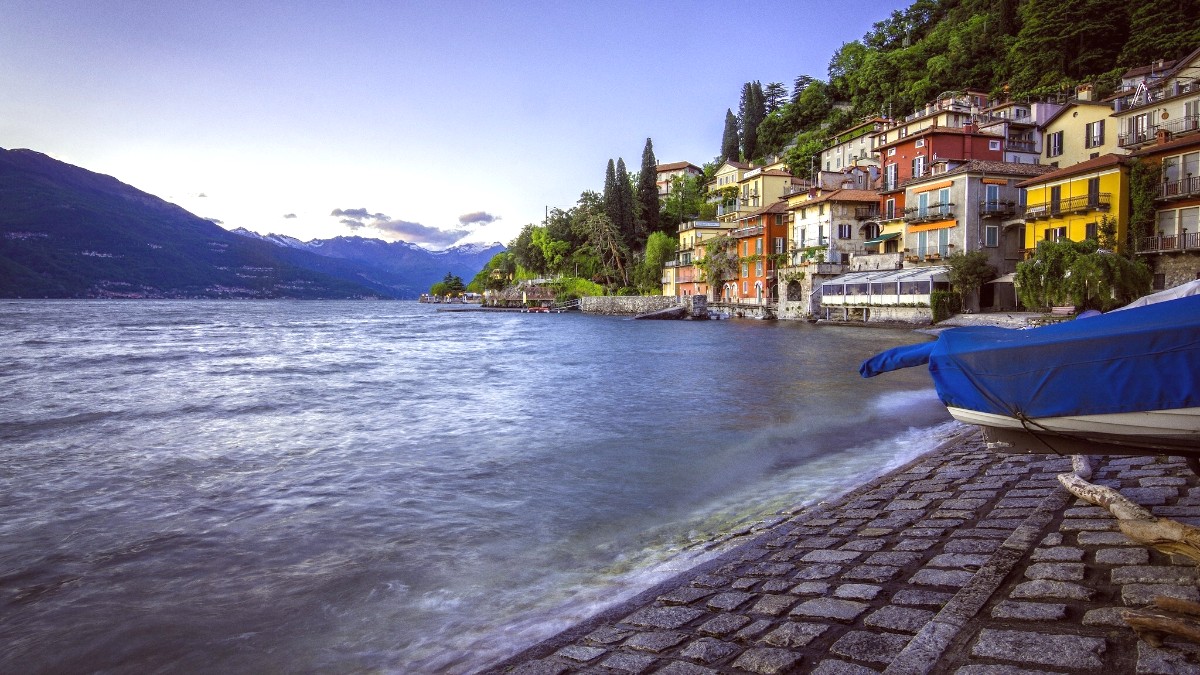
Lombardy And The Lakes, Italy
These must-visit sites offer rich historical and cultural context, demonstrating centuries of artistry and civic life.
The Duomo, Torrazzo, and Baptistery form a central spiritual and artistic cornerstone, while the Museo del Violino symbolizes Cremona's world-renowned craft.
Visible ruins are limited. Museo Civico has Roman and Etruscan artifacts from local excavations.
Historic Center is a treasure trove of medieval and Renaissance architecture with narrow streets, elegant courtyards, and arcaded walkways.
Lombard Gothic town hall (13th century) on Piazza del Comune, demonstrating civic power.
13th-century building on Piazza del Comune with a large archway and Hercules statue, served as a meeting place.
Beyond Duomo/Baptistery, explore Chiesa di Sant'Agostino (Perugino art) and Chiesa di San Michele Vetere (oldest, Romanesque elements).
Cremona is in the flat Po Valley, so its natural attractions differ from Italy's mountainous or coastal regions. They provide serene escapes for relaxation and gentle recreation.
Giardini Pubblici di Cremona: Main public gardens within the city, green spaces for relaxation and casual strolls. Other smaller parks are scattered locally.
Parco del Po e del Morbasco: Regional park along the Po River, offering birdwatching opportunities and observing local riverine wildlife.
Forms the southern boundary. Not suitable for swimming, but significant for recreational boating and fishing. Seasonal boat tours offer scenic views.
The Po Valley is a vast, flat alluvial plain. Cremona has no distinct geological formations like mountains or dramatic rock features. Its natural character lies in fertile plains and river systems.
No beaches. Major Italian lakes (Garda, Como) are not in Cremona but are accessible for day trips, offering different natural experiences.
Torrazzo: The top of the Torrazzo is the most significant viewpoint, offering panoramic views of the entire Po Valley to the distant Alps on a clear day.
This historic bookshop has a charming atmosphere and extensive collection, a quiet escape into local intellectual life.
A beautiful Renaissance palace with an impressive courtyard and architectural details, offering a glimpse into aristocratic Cremonese life.
Seek out individual workshops of contemporary luthiers for an intimate experience; observe artisans at work, continuing a living tradition.
Beyond the main attractions, Cremona holds smaller, less-visited spots that give unique insights and charm.
Capture the true essence of Cremona through unique angles and details.
Focus on the architectural marvels, the market, and the intimate world of violin makers for compelling images.
The intricate designs and historical textures of Cremona make for stunning photographs.
Capture the essence of Cremona's heritage through its artisans and local life.
Stay informed about temporary shows and unique performances that could enrich your visit.
While not central tourist attractions, these aspects give context to Cremona's history.
Leverage these platforms for booking your sightseeing adventures.
For booking attraction tickets and guided tours, consider GetYourGuide.
For a broad range of accommodation options, Booking.com is a global platform.
Utilize platforms like Expedia for comprehensive travel arrangements.
The Duomo's interior merits a quiet visit; climb the Torrazzo for expansive city and valley views.
Dedicate ample time to the Museo del Violino to fully appreciate its collection and demonstrations.
The Museo Civico Ala Ponzone offers a comprehensive look at Cremona's history and art, including its Caravaggio.
Check the schedule for performances at this historic opera house for a cultural evening.
Experience the living tradition by visiting a contemporary violin maker's workshop.
Capture Cremona's charm with these specific tips for unique photos.
Discover the quieter, local side of Cremona that many tourists miss.
To explore Cremona's heritage, consider attending "The Sound of Stradivari" demonstration at the Museo del Violino.
It provides a rare opportunity to hear a master instrument played, bringing the craftsmanship to life.
Create your ideal itinerary by combining iconic landmarks with hidden gems.
Visit attractions like the Torrazzo and Duomo either early morning or late afternoon for fewer crowds and better light.
Explore history and art at Museo Civico Ala Ponzone and seek out smaller historic churches for local artistry.
Consider visiting rural villages nearby or exploring the Po River parks for a change of scenery and local experience.
Modest dress recommended for visiting religious sites (covered shoulders and knees).
Always verify official opening hours for attractions as they can vary seasonally or for special events.
For popular museum events or performances at Teatro Ponchielli, booking tickets ahead is a good idea.